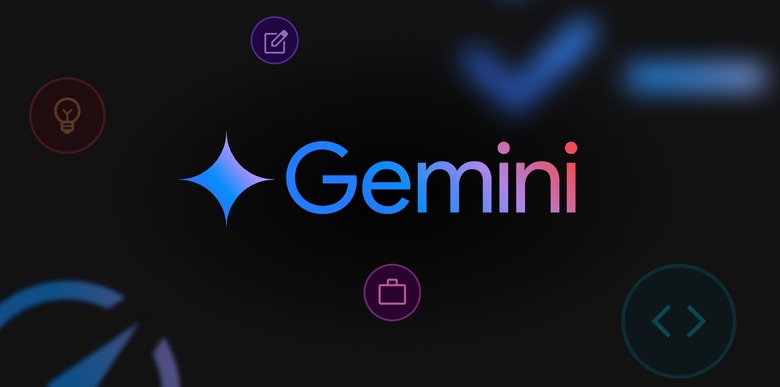This Is Google's Answer To ChatGPT o1 Reasoning AI
OpenAI has dominated the AI news cycle for the past couple of weeks thanks to its clever "12 Days" announcements. That didn't stop Google from trying to distract us from ChatGPT with its surprising mid-December AI announcements.
The Gemini 2.0 model, Google's first Gemini AI agents, Gemini-powered AR glasses, and the Android XR platform were unveiled a few days ago. We also got the Google Whisk AI image generator, a fun way to create images using other photos.
It seems that Google isn't done with its Gemini announcements, having just teased its own reasoning AI model that's coming to take on ChatGPT o1. OpenAI unveiled o1 a few months ago, its first AI model that could reason. Then, last week, OpenAI brought o1 out of beta on the first day of its "12 Days" event.
Unlike o1, Google's reasoning AI model has an incredibly long name, one that you'll have a hard time remembering: Gemini 2.0 Flash Thinking Experimental. Also, Google's reasoning AI model is currently only available in the Google AI Studio.
While it's unclear when Google will release it more widely, the company seems pretty happy about the early results from Gemini 2.0 Flash Thinking Experimental tests. That's the conclusion from the various updates and reasoning demos that Google execs shared on X.
Want to see Gemini 2.0 Flash Thinking in action? Check out this demo where the model solves a physics problem and explains its reasoning. pic.twitter.com/Nl0hYj7ZFS
— Jeff Dean (@JeffDean) December 19, 2024
There's no big announcement for this new model, at least not for the time being. All we have are posts from Google DeepMind chief scientist Jeff Dean and product lead Logan Kilpatrick to tease what Gemini 2.0 Flash Thinking can do.
The model is built on top of Gemini 2.0 Flash, which Google unveiled last week during its big Gemini 2.0 announcement. The model is "trained to use thoughts to strengthen its reasoning," and you'll see those thoughts in action in the demos above and below.
Dean also said Google sees "promising results when we increase inference time computation." The longer the reasoning AI thinks, the better the results.
If the reasoning part seems familiar, it's because we used to see the same thing from ChatGPT o1 during the beta phase. We could see o1's "thinking" menu, click it, and find its reasoning. It's like looking into the mind of the AI while it's trying to solve a problem.
That was always a fun thing to check out, but OpenAI removed it from the final o1 model. You can still see when the AI is thinking, but you won't get access to the reasoning part.
And another:https://t.co/G4UYsoZ3my
— Jeff Dean (@JeffDean) December 19, 2024
Meanwhile, you can watch Gemini 2.0 Flash Thinking in action in the tweets above or in the Google AI Studio.
If you get to test Google's o1 equivalent, you can expect it to solve some problems with impressive results. But, as TechCrunch showed, Google's reasoning AI still can't count the "R" letters in the word "strawberry." That's something ChatGPT struggled with as well.
When will Gemini 2.0 Flash Thinking be available more widely? Hopefully not before Google finds a better name for it. But considering that o1 is already out of beta, I'd expect Google to release its reasoning model as soon as possible.
